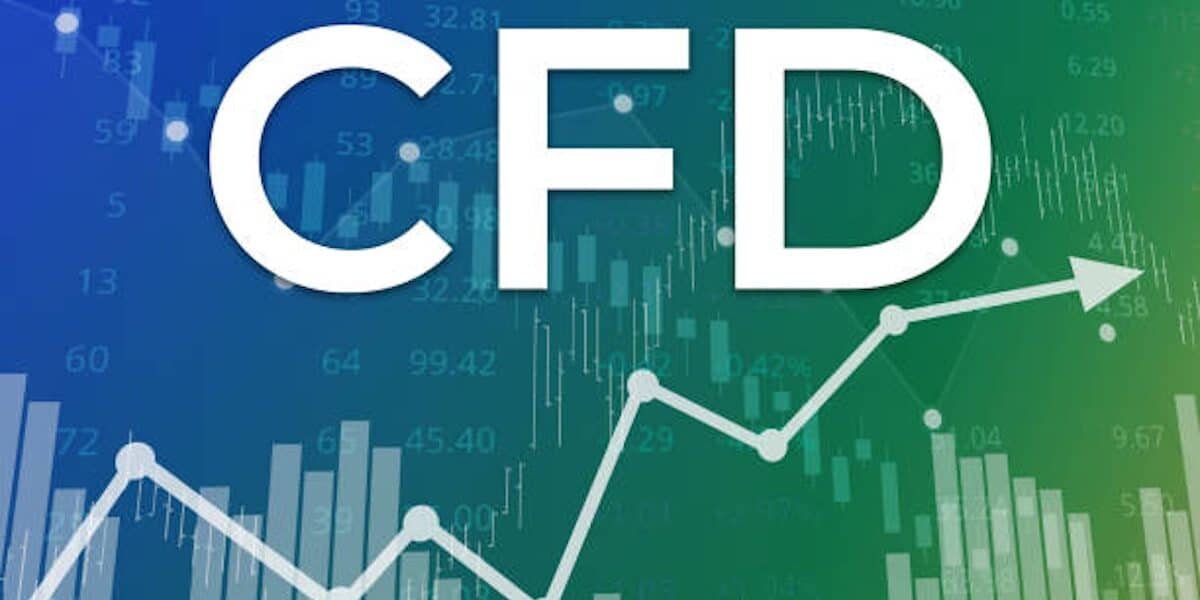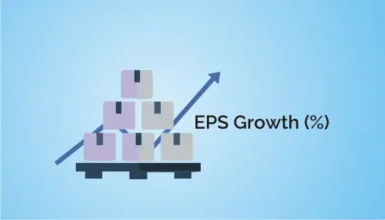How to Trade CFDs

Contracts for Difference (CFDs) enable you to trade global markets, speculating on price changes, without owning the underlying assets. This guide will explain the core principles, benefits, risks, and tactics for getting started with CFD trading with the confidence you deserve.
What Are CFDs and How Do They Work?
Trading instruments that allow you to profit from the price change of financial assets such as stocks, commodities, or forex are Contracts for Difference (CFDs). You don’t buy or sell the asset but agree to exchange the price difference between the opening and closing of the contract with your broker.
Example: If you believe crude oil prices will go up, all you have to do is open a position in CFDs on crude oil to ‘buy’ oil. When the price goes up, you make the difference in profit. However, if the price drops, you will lose the price drop.
Key Features of CFDs
- Leverage: You can place larger trades with smaller initial deposits. Therefore, for example, brokers with an Octa minimum deposit enable beginners to get into markets.
- Two-Way Trading: Either going long or short, you profit regardless of what the market does.
- Global Market Access: One account allows traders to trade from stocks and forex to cryptocurrencies.
The first benefit of leverage is that it amplifies potential returns, but that’s just the first, and it amplifies losses equally in the same way. In order to be a successful trader, you have to know how the market moves, use risk management tools and resist impulse decisions.
The Benefits and Risks of Trading CFDs
Benefits
- Low Entry Requirements: Less capital is required for CFDs than for traditional investments.
- Diverse Market Access: Everything from stocks to commodities to indices to more.
- Profit from Market Trends: Whether prices increase or decrease, traders can profit using CFDs.
Risks
- High Leverage Risk: Gains and losses are leveraged, which should never be part of any investment strategy.
- Market Volatility: Sudden price shifts do not fare well to open positions.
- Fees: It can have an impact on overnight costs and spreads on your overall profitability.
Example: A 10% adverse movement on a $5,000 CFD position, if you open it using $500 of capital, will result in you losing your whole investment. Using stop loss tools takes most of this risk away and helps manage exposure.
Step-by-Step Guide to Starting CFD Trading
1. Choose a Trusted Broker: Choose a platform that has transparent fees, a user friendly tool and good reviews. If you have limited funds, brokers that offer an Octa minimum deposit are a good choice.
2. Open an Account: Register for an account, verify, and deposit the required minimum funds.
3. Learn and Practice: Look at the broker’s trading tools and practice your ins and outs through a demo account with no financial risk.
4. Set a Strategy: Decide your trading goals, choose the markets you want to trade, and set limits for risk management.
5. Start Trading: You can start with smaller positions, analyze your price charts, and trade closely to learn and build confidence in your trading.
Common CFD Trading Strategies
Success in CFD trading relies heavily on applying the right strategies:
- Trend Trading: Buy when the market is moving up and sell when it’s moving down.
- Range Trading: You trade within the confines of predictable price ranges. You identify support and resistance levels.
- Scalping: If there are small fluctuations in price, and you can make several small trades each day, then do it!
- Hedging: This can be offset by opening Pseudo losses on an opposite type of CFD exposure if earnings in a given investment FAIL.
Example: If you are a long-term stock investor worried about a short-term price drop, you can hedge this by shorting a CFD for the same stock.
How Market Timing Can Influence Success
The timing is key to successful CFD trading. Knowing how to enter or exit a trade may be the difference between profit and loss. Traders can make more accurate predictions as to short-term movements by watching for economic news, earnings reports, and technical indicators.
Example: Currency and stock markets sometimes react strongly when a central bank announces it might raise interest rates. Such news can prepare traders to do something with such news and benefit from the volatility.
Ignoring timing while doing trades can be expensive. Once you have an understanding of the wider market environment, always take action.
Understanding the Role of Emotions in Trading
CFD trading really is as much about mental discipline as it is about financial expertise. The two emotions that will most likely ruin a trader’s plan are fear and greed.
- Fear causes traders to sell profitable positions too early, and others don’t even enter new positions.
- Greed causes one to overtrade or take too many risks and completely eliminates the gains.
To overcome these challenges:
- Make changes to set realistic profit targets and stick to your plan.
- Auto stop loss and take profit orders are in place to help you reduce emotional involvement so the decision-making is automated.
- Don’t let losses lead you into revenge trading—don’t let losses make you want to chase risky trades to get your money back.
Example: In frustration, a trader might double their next trade size and end up losing more. Instead, take a break, review your strategy, and come back with a clear mind.
Success in CFD Trading with Discipline
CFD trading has some unique approaches for traders who learn and how to apply disciplined strategies. Successful trading involves preparation, and self control, and from using techniques proven to control risk to taking advantage of smaller deposits, like the Octa minimum deposit. Staying informed, managing emotions and honing your skills can make market opportunities financial success.







